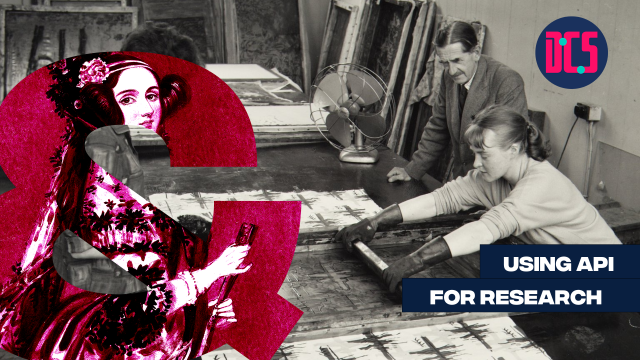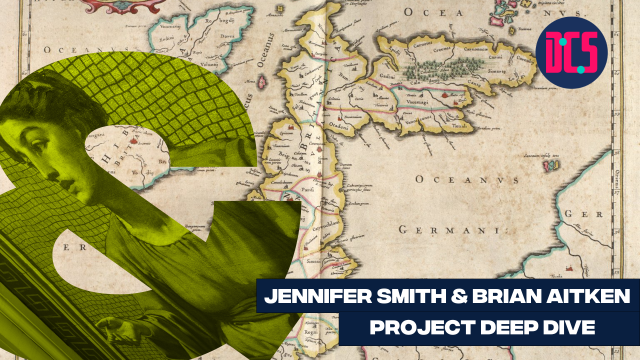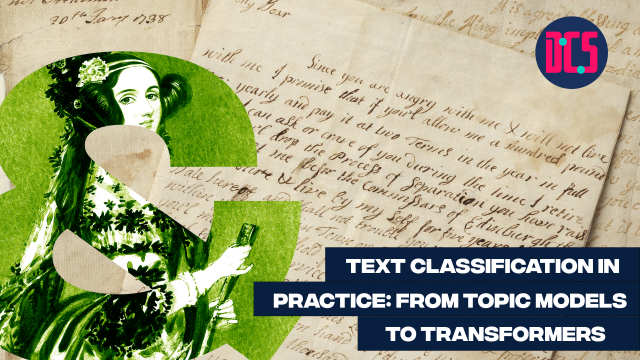Introduction to Sentiment Analysis

Sentiment Analysis is the process of determining whether a piece of writing is positive, negative or neutral. Its use has become relatively widespread, including being used to analyse; customer feedback, social media, user surveys, and more. We will use the University’s Noteable web service and the Python programming language, but no previous programming experience will be required.
This workshop will cover:
· How Sentiment Analysis works
· Pros and Cons
· Sentiment Analysis of text
· Analysing user feedback
· Analysing Twitter
Due to high demand for our training events, our cancellation and no-show policy applies to bookings for this event. Click here for details of this policy.
If the material is available for Asynchronous training you will be able to access it via the "Go to the Training Material" button












